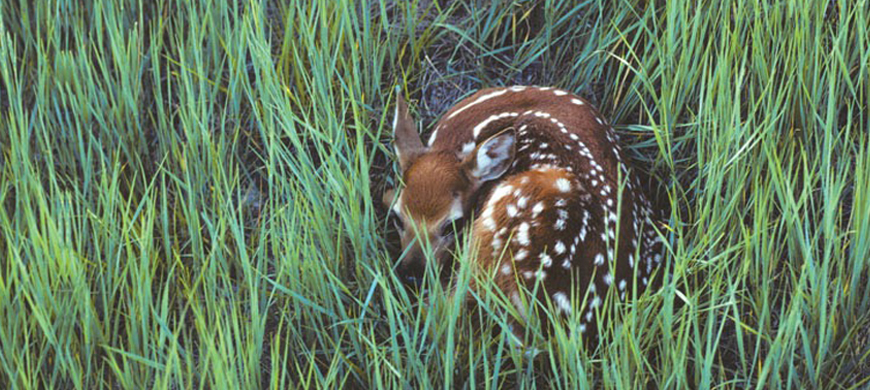 PRATT – It’s human nature to want to “save” a wild animal that appears injured or abandoned. But aside from human health concerns and laws prohibiting possession of wildlife, the reality is the animal will have its best chance for survival if it’s left in the wild. Taking a young wild animal with the intention of “saving” it and keeping it as a pet isagainst state lawand strips the animal of its dignity and the opportunity to live wild. The other harsh reality is that most wild animals “rescued” by individuals don’t survive long after capture.
PRATT – It’s human nature to want to “save” a wild animal that appears injured or abandoned. But aside from human health concerns and laws prohibiting possession of wildlife, the reality is the animal will have its best chance for survival if it’s left in the wild. Taking a young wild animal with the intention of “saving” it and keeping it as a pet isagainst state lawand strips the animal of its dignity and the opportunity to live wild. The other harsh reality is that most wild animals “rescued” by individuals don’t survive long after capture.
Only licensed wildlife rehabilitators can possess wild animals in Kansas because they require specialized care and may carry rabies or distemper. Wild animals commonly have fleas and ticks, which can transmit blood-borne diseases, and they carry bacteria, roundworms, tapeworms, mites and other protozoans that could infect humans and their pets.
Each spring, fawn deer are found and assumed abandoned. However, the fawns’ mothers are usually not far away, avoiding drawing attention from predators. If you come across a fawn hidden in the grass, enjoy the sight for a few seconds, then back away.
Storms may blow young birds out of their nests. If the young have feathers and can perch, place them back in a tree or shrub, away from cats or other pets. The parents will still care for them. And don’t worry, they’ll care for them even if you touch them. Birds have a very poor sense of smell and human touch won’t drive the parents away. If you find a nest with featherless nestlings, place it in a plastic bowl and back in the tree. This will be their best chance of survival.
Enjoy watching wildlife this spring, especially if you see youngsters. But make a pact to leave them alone. Let nature take its course and know they have the best chance of survival by staying wild.




